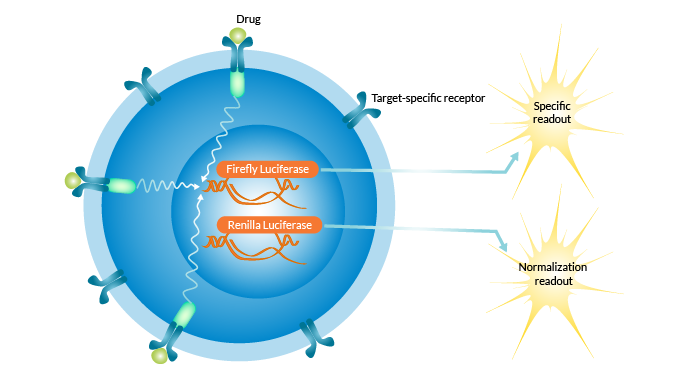- Other Products
- CCP
Biopharmaceuticals, also known as biologics, have revolutionized the treatment of many human diseases in recent years. Immunologic conditions, diabetes, and some forms of cancer are now routinely treated with biopharmaceuticals. Biologics are large protein-based compounds that are developed from biological sources. Insulin was the first biopharmaceutical approved and is still the most used worldwide. Among recently approved biopharmaceuticals, monoclonal antibodies (mAbs) are the most common, and the success of these compounds is expected to continue over the coming years.


Biopharmaceuticals, also known as biologics, have revolutionized the treatment of many human diseases in recent years. Immunologic conditions, diabetes, and some forms of cancer are now routinely treated with biopharmaceuticals. Biologics are large protein-based compounds that are developed from biological sources. Insulin was the first biopharmaceutical approved and is still the most used worldwide. Among recently approved biopharmaceuticals, monoclonal antibodies (mAbs) are the most common, and the success of these compounds is expected to continue over the coming years.
Biopharmaceuticals can exert their effect through many different mechanisms but often target endogenous pathways by enhancing or suppressing specific signaling molecules. To understand how these complex processes work, there is a need for an assay that can resolve the individual steps of the pathway in a relevant biological setting. Such assays are commonly referred to as Mechanism of Action (MoA)-reflective. It is not sufficient to know THAT it works, but HOW it works.
Traditional assays rely on primary cells that are isolated directly from a donor. Although these assays offer several benefits, there are clear disadvantages, such as the high variability associated with these cells and the difficulty of growing them.
In recent years, exciting and innovative new assay formats have emerged as important drug discovery tools. iLite® Functional Bioassays represent one of these new MoA-reflective technologies. They are based on a reporter gene system that offers a convenient and powerful way of measuring and quantifying drug potency, detecting NAbs, and assessing immunogenicity.
Receptors, specific for a particular target or ligand, are expressed on the surface of an iLite cell. Once a ligand binds to the receptor, an intracellular signaling cascade is triggered, which activates a luciferase reporter gene. As an added convenience, a second constitutively expressed normalization luciferase gene can be used for normalization. In addition, all iLite cell lines are provided “assay-ready” – just thaw, plate, and incubate!